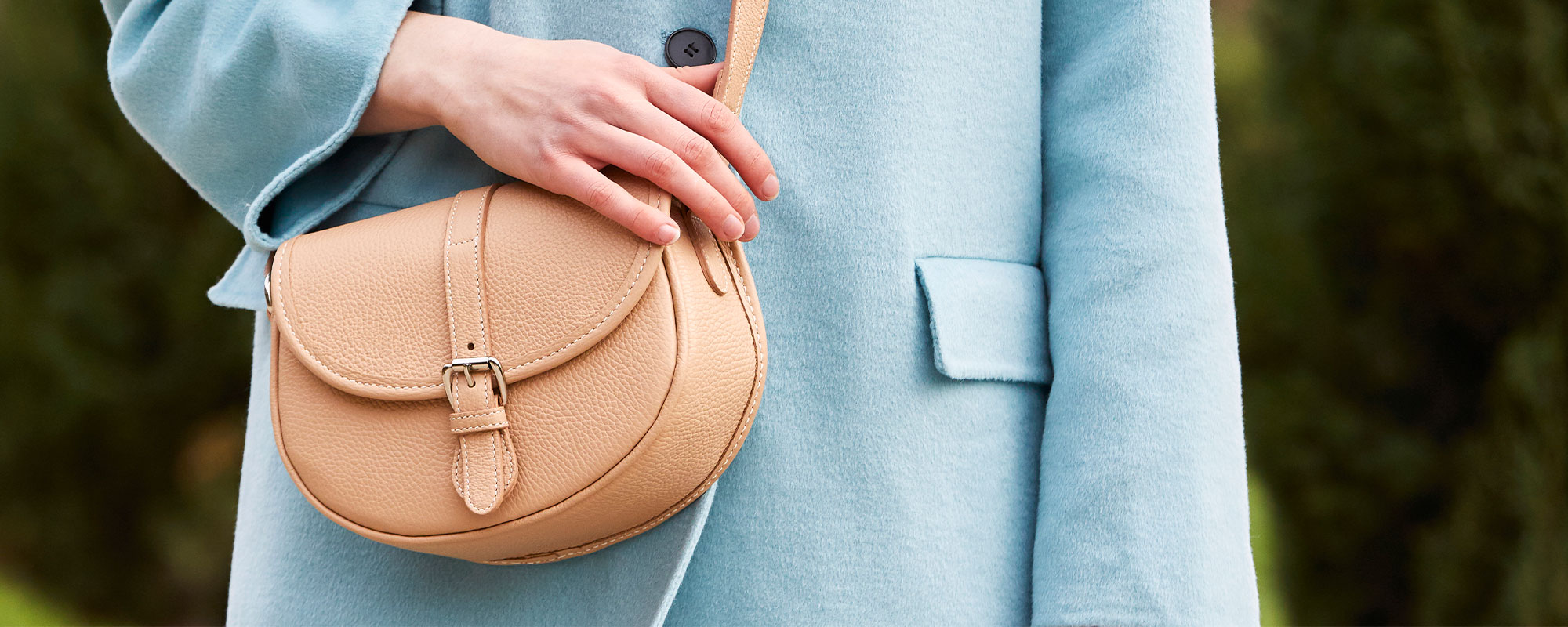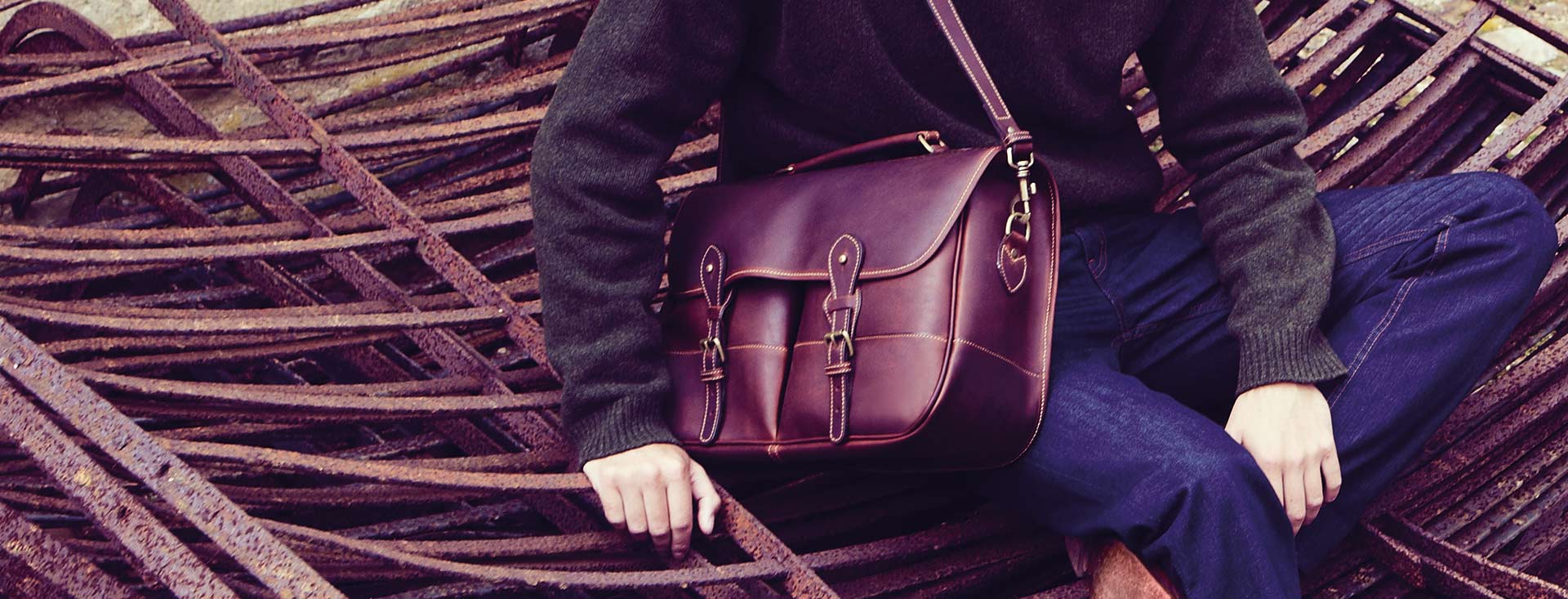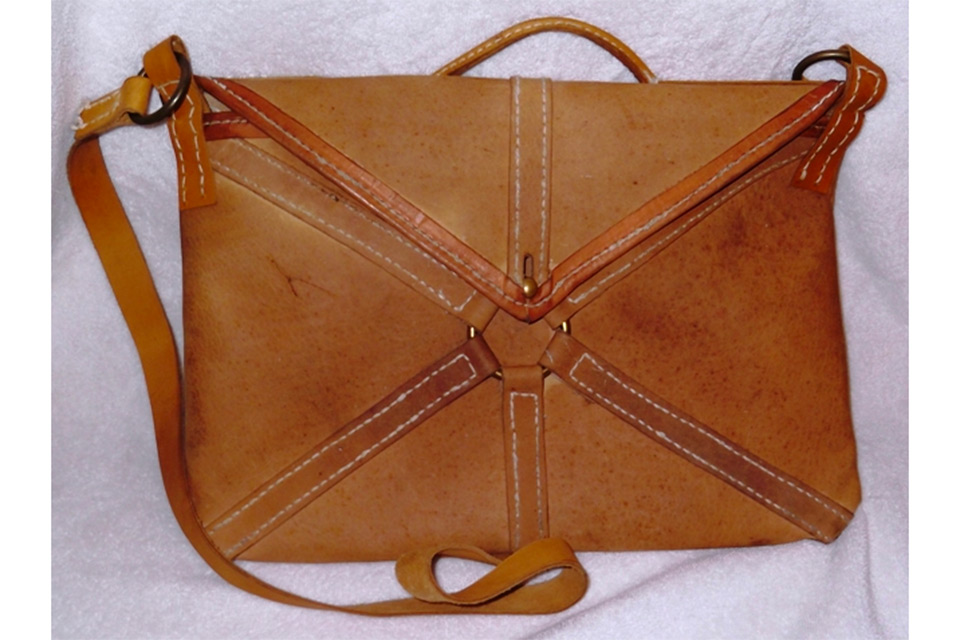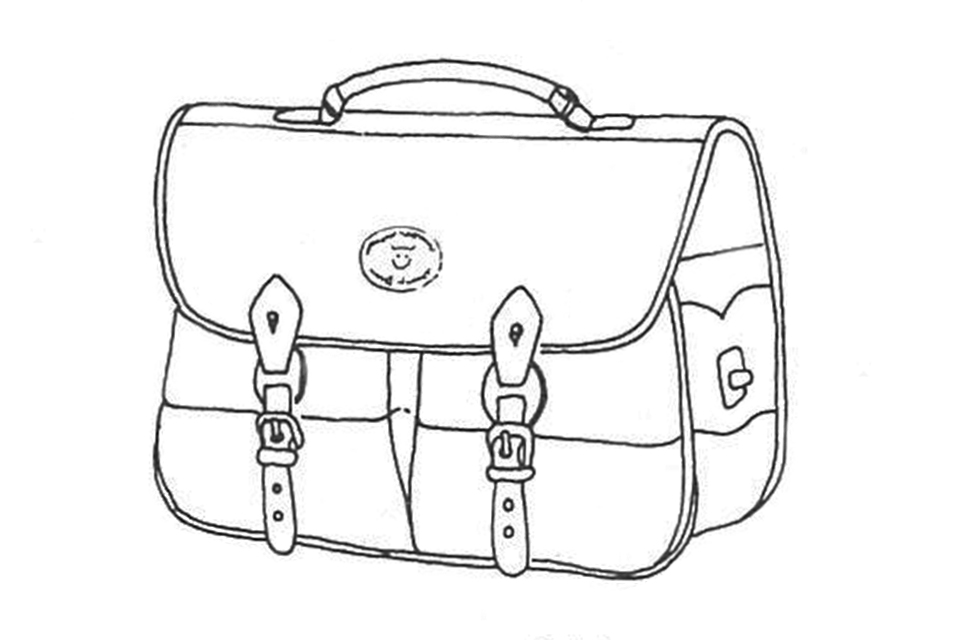The history of the Saddle Bag
Our Cardington bag is the longest-serving member of our Tusting handbag collection and has played a key role in our repertoire since we moved from tannery to leather goods maker some 30 years ago. We chose the name Cardington after the Bedfordshire village famous for making enormous airships, located just a few miles from our Lavendon HQ.
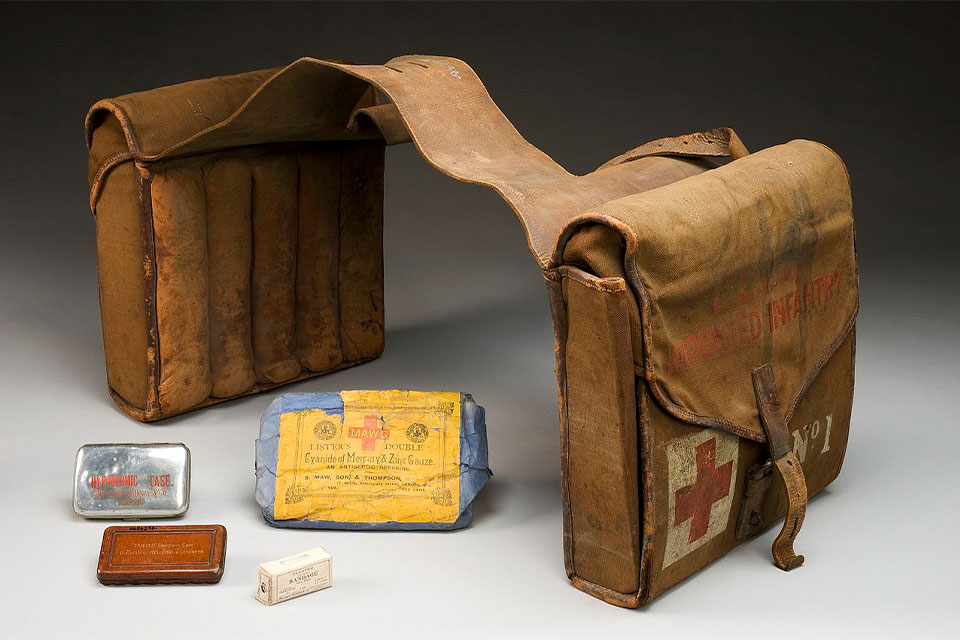
Saddle bags, or cartridge bags to some, have endured and been celebrated by almost every designer over the years, thanks to their compact and ergonomically perfect form that allows them to sit close to the body, their weight distributed in such a way that they don’t tip or swing about too much. It might seem like a trivial observation, but their curved edges not only look sweet, but are smooth against the body too, as opposed to any hard or awkward corners and edges and will not bang into you! Trust us, we have tried and tested a lot of bags over the years and it is the little things that make the difference. A bag that provokes hostility from its wearer really is a thing! Saddle bags allow you not only to be hands free but carefree.
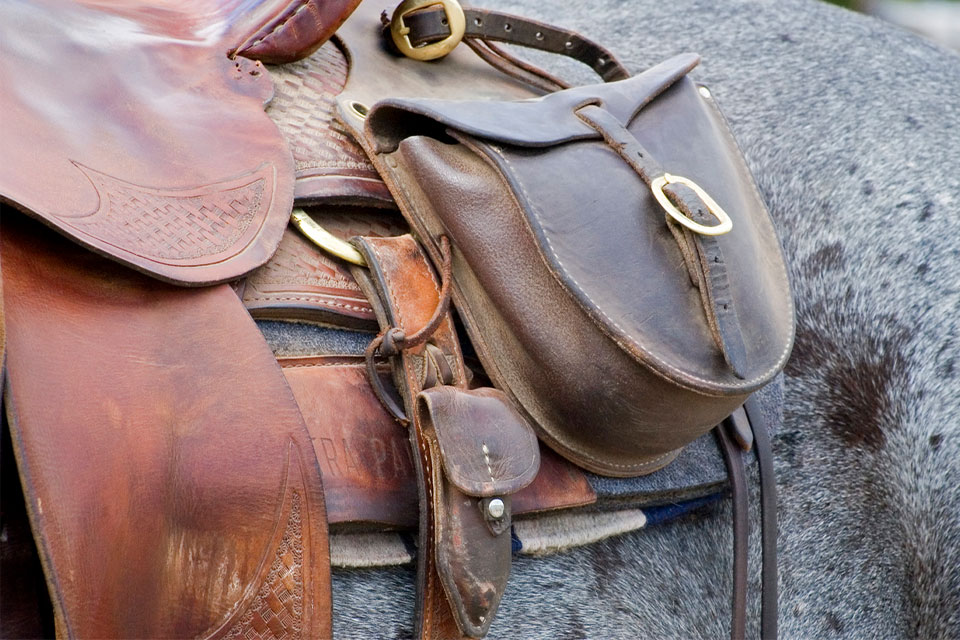
As their name infers, saddle bags have equestrian roots, and are often associated not only with traditional saddles and horsemanship, but with cowboys too. Considering the influence of cowboy and prairie fashion over the years too, it is little wonder that they repeatedly make it onto the catwalk. These are bags that are so versatile that you can channel your inner Annie Oakley or more gamine Audrey Hepburn in equal measure, dressing them up or down as you please. Saddle bags are always fashionable, or rather, they never date and seldom look out of place. They transcend any age group too, making them as perfect for a first “serious” bag as for a major milestone gift. We often talk about heritage pieces for men’s bags, but the term absolutely applies here too!
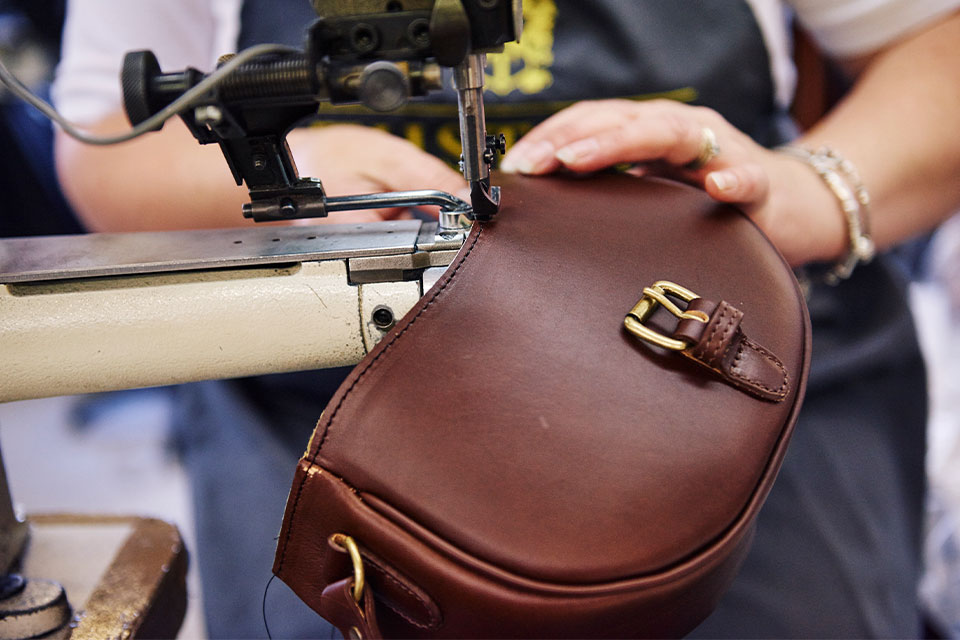
Our Cardington saddle bags are practical AND elegant. Designed with an adjustable shoulder strap, they can be worn across the body or over the shoulder and offer up a simple design and silhouette. Hardware is kept to a minimum, keeping things paired down. A flap closure sits over a single and roomy main compartment, with a discreet slip pocket. The jacquard lining provides some internal polish, as does the key clip. An external slip pocket on the rear of the back is ideal for keeping your travel or bank card to hand and adds for an extra sense of security.
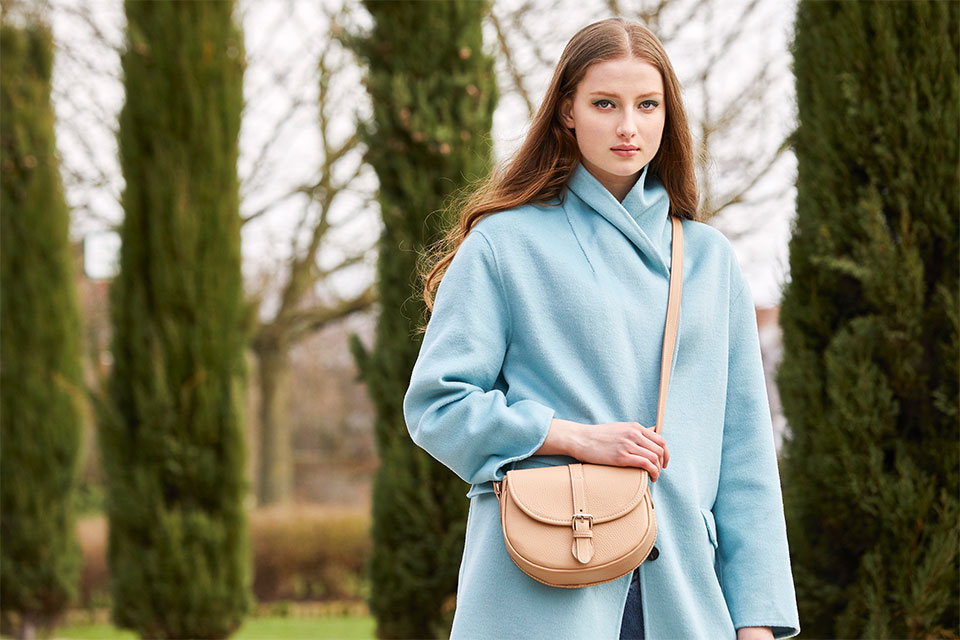
Shop our Cardington saddle bag

